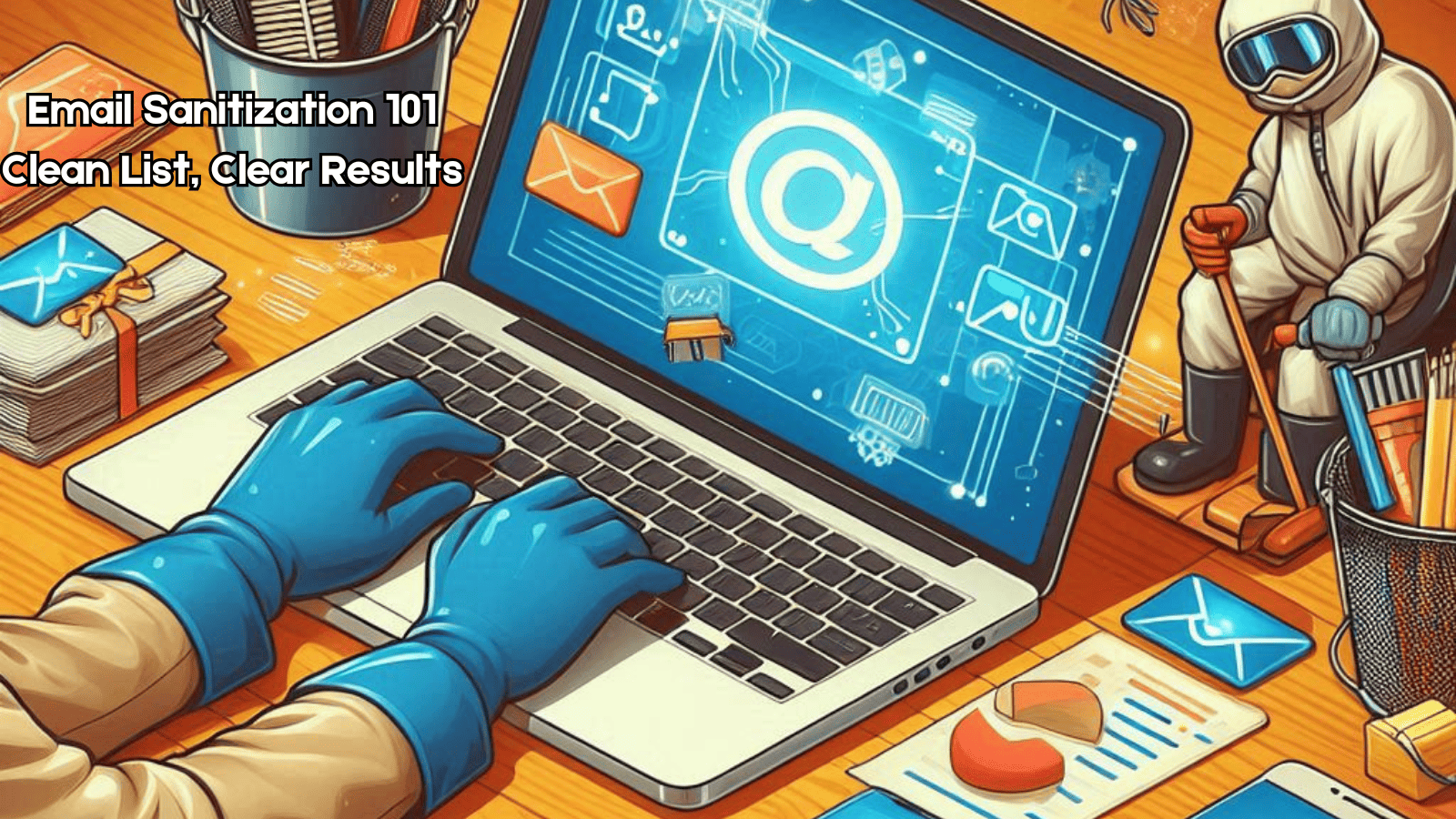
Introduction
A healthy email list is the backbone of effective email marketing. However, cluttered lists filled with outdated, invalid, or spammy addresses can silently sabotage your campaigns, leading to poor performance metrics and wasted resources. The solution? Email sanitization—a systematic approach to keeping your list clean and optimized for maximum engagement. Let’s explore how you can clean your list like a pro.
Steps to Sanitize Your Email List
1. Remove Duplicates & Inactive Subscribers
Duplicate email addresses and disengaged users add unnecessary weight to your email list. They inflate your subscriber count while offering no real value. Start by running a de-duplication script or using email marketing platforms that flag duplicates automatically.
Pro Tip: Identify subscribers who haven’t engaged in the last 6–12 months and move them to an "inactive" segment. You can attempt to re-engage them with a targeted campaign, but if they remain unresponsive, it’s time to say goodbye.
2. Validate Email Addresses
Using an email verifier is crucial to maintaining list hygiene. Verifiers filter out invalid, fake, and temporary addresses that could lead to hard bounces. They also identify syntax errors and check domain validity to ensure each email is real and active.
Example: Imagine sending a campaign to a list of 10,000 emails where 20% are invalid. That’s 2,000 emails bouncing back and damaging your sender reputation. Email verification prevents this scenario by cleaning your list before you hit “send.”
3. Segment Your Audience
Segmentation is more than just cleaning your list—it’s about making it smarter. Divide your audience based on their engagement level, demographics, or behavior.
Segments to Consider:
Engaged Users: Subscribers who frequently open and click emails.
Dormant Users: Those who haven’t interacted with your emails in months.
New Subscribers: Fresh leads that need nurturing.
Targeted campaigns for each segment will boost relevance and engagement while making your efforts more efficient.
4. Monitor Engagement Metrics
Continuous monitoring is key to maintaining list quality. Track metrics like:
Open Rates: Measure how many recipients open your emails.
Bounce Rates: Identify addresses that result in failed delivery.
Spam Complaints: Minimize complaints by ensuring your content is relevant and your list is clean.
Pro Tip: Use your analytics to spot trends. For example, if engagement metrics dip for a certain segment, it might be time to launch a re-engagement campaign or clean that segment further.
Conclusion
Email sanitization is not a one-time task—it’s an ongoing process that ensures your marketing efforts are both efficient and cost-effective. A clean list not only improves open rates and engagement but also protects your sender reputation and optimizes your ROI. Make email sanitization a regular part of your marketing strategy, and you’ll see the difference it makes.

Comments